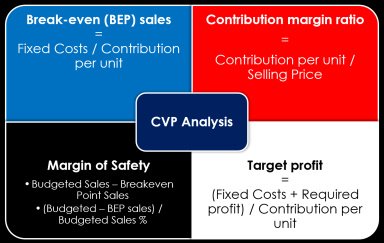
Last version published: 03/04/2019 13:03
Publication number: ELQ-66154-5
View all versions & Certificate

Break Even Analysis / Cost Volume Profit Analysis Excel Model
A full Break-even analysis Excel Model to analyse when your product/service reaches profitability.
Further information
To help the user perform a break even analysis to see the point above which he is able to make a profit.
Simple linear assumptions for costs
Does not apply to economies of scale








